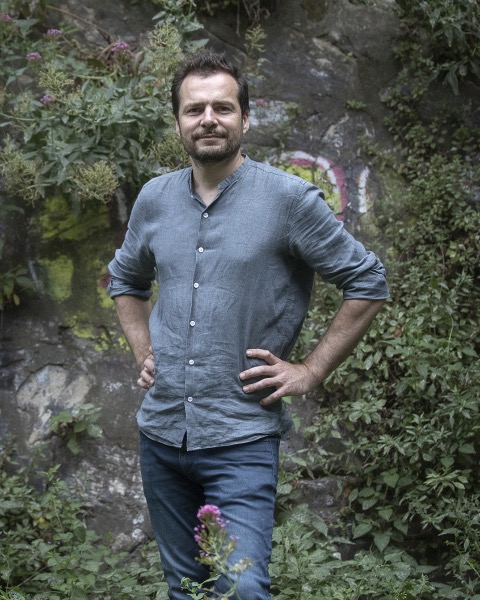FRI-B07: Feral: Making Wild Landscapes
Friday, October 10, 2025
10:15 AM - 11:30 AM CT
Location: New Orleans Ernest N. Morial Convention Center, Room 243-245
1.25 PDH, LA CES/HSW, AICP, ISA, NY/HSW, FL
.jpg)
David Hill, ASLA, LEED AP
Professor
Hillworks & Auburn University
Auburn, Alabama
Mathieu Gontier
Partner
Wagon Landscaping
Paris, Ile-de-France
Sarah A. Cowles, ASLA
Director
Ruderal
Evanston, Illinois
Speaker(s)
Three small, agile landscape architecture practices—representing the United States, France, and the Republic of Georgia—discuss working with wild, scruffy processes that result in unconventional landscapes and immersive spaces. Feral design focuses attention away from forms and shapes and toward gradients, atmospheres, and unexpected encounters.
Learning Outcomes:
- Explore the possibility that releasing control in landscape design, construction, and management can foster qualities like wildness, exploration, and surprise.
- Examine concrete and detailed examples of unconventional but successful “feral” design tactics, including planting strategies, maintenance regimes, earthwork, and material reuse.
- Understand the partnerships, approaches to professional practice, and implementation methods that leading practitioners are using to design, construct, and maintain feral landscapes.
- Learn how a feral approach can help to balance experiential goals with ecological performance, management costs, and the longevity of a project.
